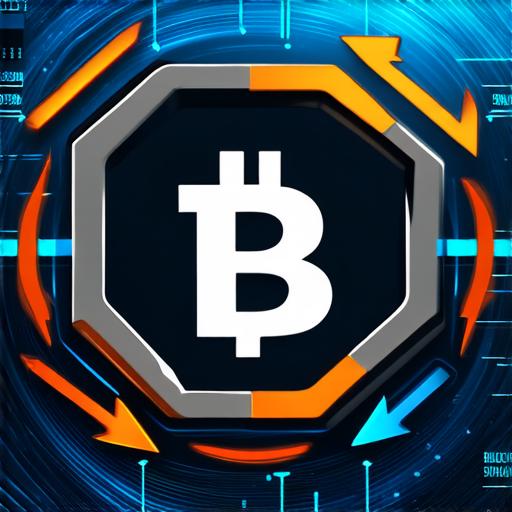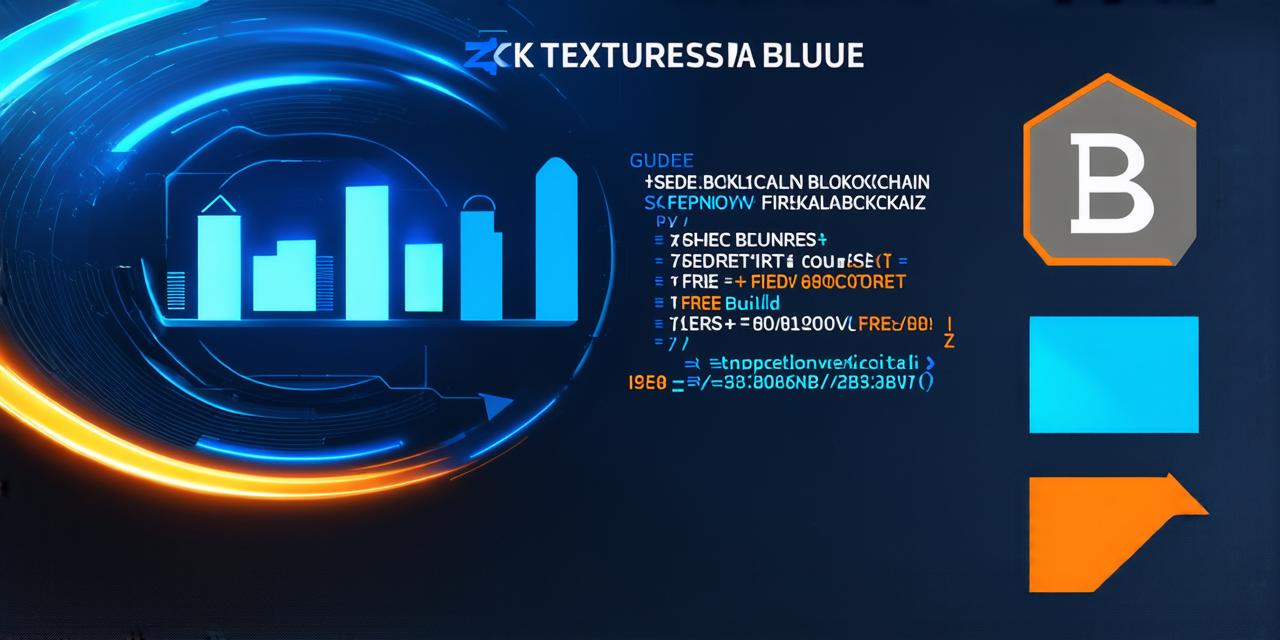Blockchain technology is becoming increasingly popular in many industries, including finance, healthcare, and supply chain management. As more people are interested in learning about blockchain, it’s important to have a solid understanding of the basics before diving into more complex topics. In this article, we will cover everything you need to know to build your first blockchain course for free.
What is Blockchain?
Blockchain is a decentralized, distributed ledger technology that allows for secure and transparent transactions without the need for intermediaries. It was initially designed as the underlying technology for Bitcoin, but its applications go far beyond cryptocurrencies. Some of the key features of blockchain include:
- Decentralization: There is no central authority controlling the network, making it more resistant to attacks and censorship.
- Immutability: Once a transaction is recorded on the blockchain, it cannot be changed or deleted.
- Transparency: All participants in the network have access to the same information, allowing for greater accountability and trust.
Why Build a Blockchain Course?
Building a blockchain course can help you gain a deeper understanding of the technology and its potential applications. It can also be a great way to share your knowledge with others and contribute to the growing community of blockchain enthusiasts. Here are some reasons why you might want to build a blockchain course:

- Learn by teaching: When you create a course, you will have to research and explain concepts in a clear and concise manner. This can help reinforce your own understanding of the technology.
- Share your knowledge: By creating a course, you can share your knowledge with others who are interested in learning about blockchain.
- Contribute to the community: As more people learn about blockchain, the ecosystem grows stronger, and new opportunities arise. Building a course can be a way to contribute to this growth.
How to Build a Blockchain Course
Building a blockchain course can be a daunting task, but it doesn’t have to be. Here are some steps you can take to get started:
- Determine your audience: Before creating a course, you need to determine who your target audience is. Are you targeting beginners or experienced professionals? This will help you tailor your content and delivery method.
- Choose your platform: There are many platforms available for creating and delivering online courses, including Udemy, Coursera, and edX. Choose the one that best fits your needs and budget.
- Plan your curriculum: Once you have determined your audience and chosen your platform, it’s time to plan your curriculum. This should include an overview of the technology, key concepts, and practical applications.
- Create engaging content: Your course content should be engaging and informative, using real-world examples and case studies to illustrate key points. You may also want to include interactive elements such as quizzes and assignments to keep students engaged.
- Test and refine: Before launching your course, it’s important to test it with a small group of beta testers to identify any issues and make improvements.
- Launch and promote: Once you have launched your course, it’s important to promote it through social media, email marketing, and other channels to attract students.
Real-Life Examples of Blockchain in Action
To help illustrate the potential applications of blockchain technology, here are some real-life examples:
- Supply chain management: Blockchain can be used to track products from production to delivery, allowing for greater transparency and accountability.
- Healthcare: Blockchain can be used to securely store and share patient data, improving privacy and reducing the risk of errors.
- Financial services: Blockchain can be used to facilitate faster and more secure transactions, reducing costs and increasing efficiency.
FAQs
Here are some frequently asked questions about building a blockchain course:
- 1. How long does it take to build a blockchain course?
- It depends on the complexity of the content and your own schedule, but it can take anywhere from a few weeks to several months.
- 2. Can I include images in my course?
- No, images should not be included in the HTML code provided here.
- 3. Do I need to use a specific platform for my course?
- While there are many platforms available for creating and delivering online courses, you can choose the one that best fits your needs and budget.
